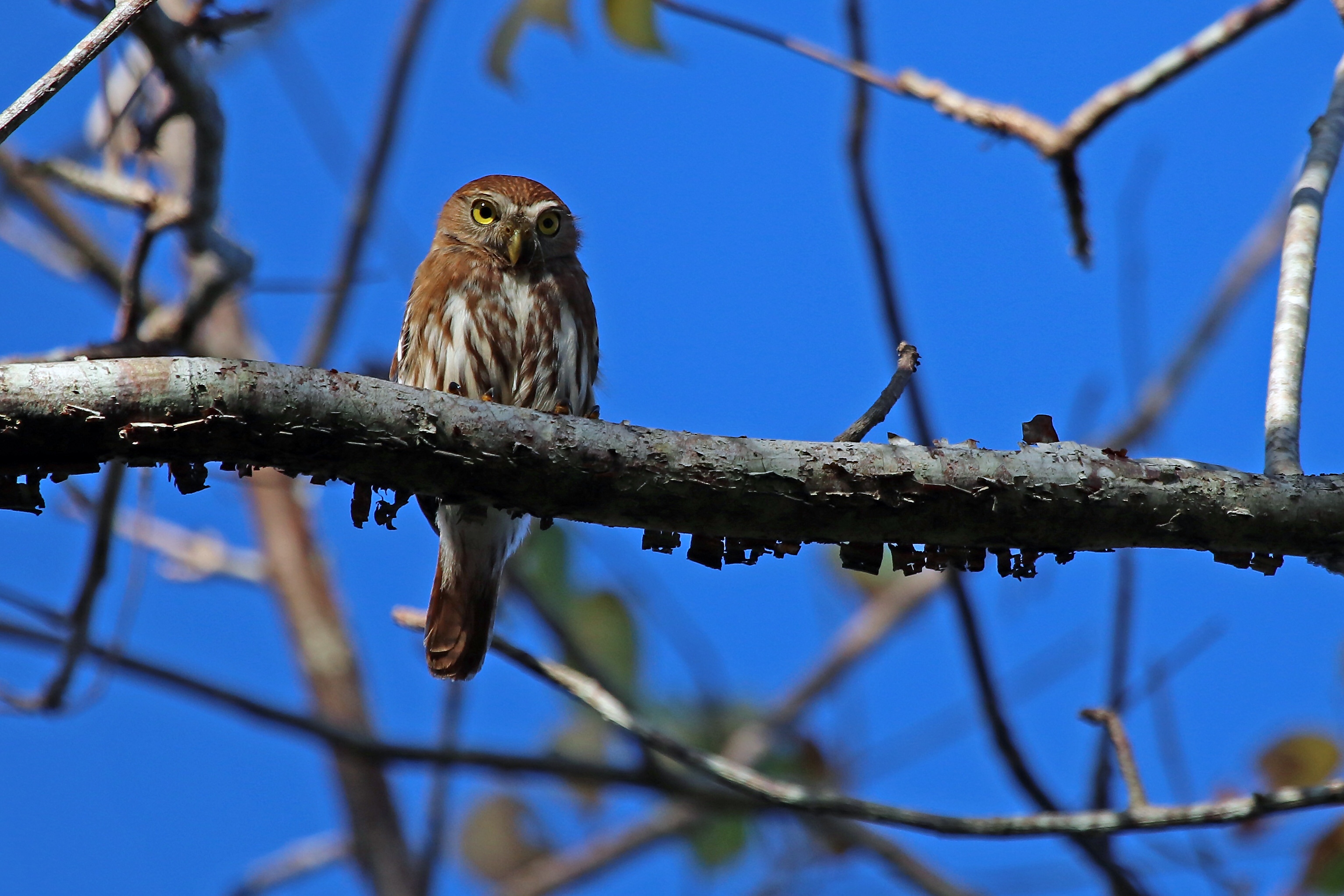January 31, 2019
Thursday had us up before dawn for a jungle adventure with birder extraordinaire, Wil, and his extremely knowledgeable partner in all things, Belem. For nearly two hours we meandered trails strewn with boulders, grasses and red dirt, a myriad of indigenous flowers, including the original native pepper plant of all peppers as well as heirloom tomatillos. Billfish and I loved the epiphytes – what at home seem to be called “air plants”. An epiphyte is an organism that grows on the surface of a plant and derives its moisture and nutrients from the air, rain, water or from debris accumulating around it. Epiphytes take part in nutrient cycles and add to both the diversity and biomass of the ecosystem in which they occur like any other organism. (Wikipedia) We saw butterflies all around, horses almost hidden in the forested alcoves and herds of contented cows lounging in the cool unfolding morning air. To name a few (because I simply cannot recall them ALL!) we encountered in trees and above us, with the naked eye and with binoculars – Broad Billed Hummingbirds as well as many Cinnamon Hummingbirds, Blue-Gray Gnat Catchers, lots of Happy Wrens, a group of White Throated Magpie Jays, a Turkey Vulture, orange and red orioles, a cardinal, doves, woodpeckers, warblers, and a parrot. Belem called and called, convinced she could seduce owls to our midst and darned if she didn’t!!! As a result we had a chance to see two Ferruginous Pygmy Owls! They were so small I would never have known that they were owls had we not been edified by our expert friends!! (Photo credit of the owl http://www.willmertz.photography)
Belem afforded tutelage in many of the trees – the uses and advantages of their leaves, bark, fruits and nuts. My mind was boggled and full and I retained very little other than respect and awe for their majesty and history.
Two I can recall and for which I did a little “google” – ing are the Parota tree and the Strangler Fig. According to beach baby.net, “Some parotas grow over 100 feet high, with a very large trunk. The trunk could be more than 12 feet around. The tiny leaflets, bi-pinnate compound leaves, form a majestic spreading crown, announcing to all that the tree is in charge. Parota trees can be found along the ocean, in the backyards of the locals, and out in pastures. This ornamental tree is valuable for many reasons. It provides shade for man, plants, like coffee, animals, like the Yellow Crowned Night Herons and Green Iguana, and cattle. Parotas improve soil fertility by nitrogen fixation. They are very durable, and the wood’s stylistic grains are condusive for making strong fruition-like table tops, cabinets, chairs, and benches. Parota trees bear tiny white flowers during April and May. Just ask local residents about the sweeping of leaves that lead up to the blossoms. The flowers are small, with yellowish-white petals. The flowers appear in small groups on short petioles. The tree begins to lose its tiny green leaves in January and by April, most of the leaves have fallen. Now it is time for the flowers to impress its on-lookers. The green circular fruits are legumes that look like ears. The Parota’s wood is reddish-brown, lightweight, and water-resistant, making it in high demand for furniture, cabinets, and shipbuilding. That’s not all. The light grey bark contrasts nicely with the vibrant green lacy leaves. Watch out for the roots! They are massive and they anchor surrounding buildings during tropical storms and earthquakes.’
“The Strangler Fig tree or plant comes in over 850 different shapes and sizes. Most of these figs can be found in the tropics. Some actually look like a tree, while others are air plants or epiphytes, and some are vines that strangle. Strangler Fig trees do just what their name implies. They strangle other trees. The Strangler Fig has a symbiotic relationship with a host tree like the Palm. The Fig seeds germinate in the canopy of another tree. The seedlings live as an epiphyte (air plant) high in the host tree and as it grows toward the ground, and gets stronger along the way, it begins to stranger the host tree. The root-like vines or branches will attach themselves to the soil below and then grow back up, squeezing the host along the way. Eventually, the host tree dies, leaving a free standing Fig tree. (beachbaby.net).
After putting in over three miles in our trekking, we stopped for a great breakfast at Pacifico Cafe’ and then walked another two miles back to our home away from home – hit the pool for a bit, rea , regrouped and basked in our tropical environs.
Sunset dinner and viewing courtesy of Jardin del Eden (Garden of Eden) just a traipse down the beach. Mmmmmmmmm!




























Leave a Reply